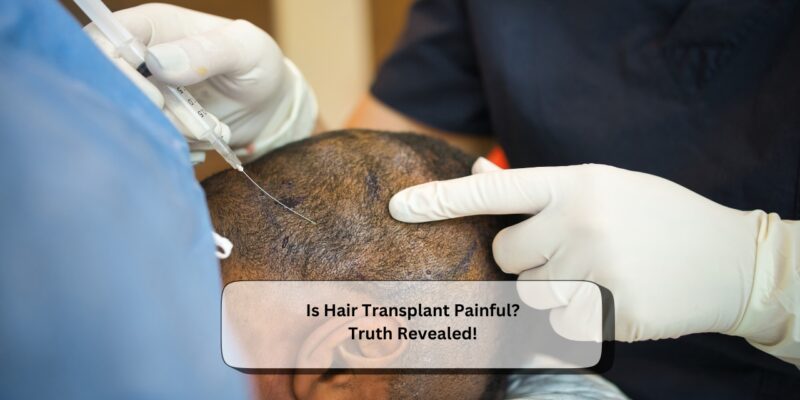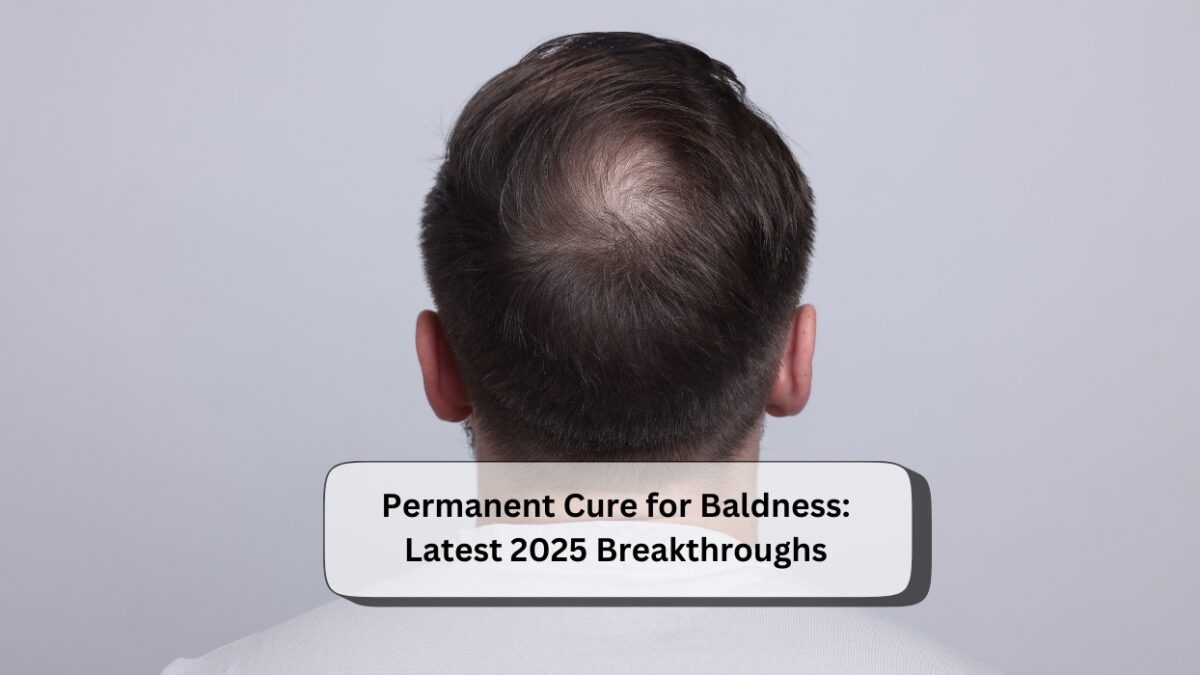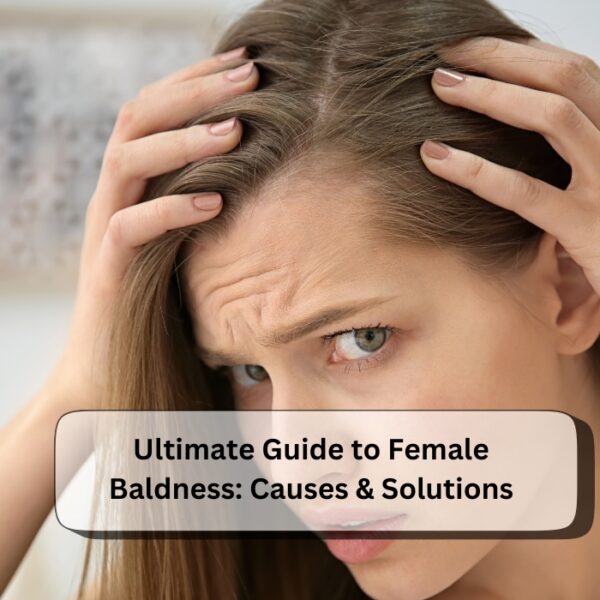Is Hair Transplant Painful? Truth Revealed!
Hair transplant – the phrase alone brings both hope and hesitation. Hope for fuller, thicker hair and a boost in self-confidence. But hesitation, too, especially around one big question: Is hair transplant painful? If this is something you’ve been wondering, you’re not alone. Let’s uncover the truth together in this human-first, informative guide packed with facts, experiences, and tips.
Is Hair Transplant Painful? This is one of the most common concerns that people have before considering the procedure. The thought of needles and scalp incisions can be intimidating, but modern technology and techniques have made the process far more comfortable than most expect. Clinics like iGraft use advanced tools and local anesthesia to ensure that the patient feels little to no pain during the procedure. If you’ve been wondering, Is Hair Transplant Painful?, the answer might surprise you—most patients report only mild discomfort or pressure, not actual pain.
When it comes to recovery, many also ask, Is Hair Transplant Painful? in the days following the procedure. While some tenderness, itching, or minor swelling can occur, these symptoms are typically manageable with prescribed medication and aftercare instructions. iGraft specialists ensure patients are fully informed and supported through every step. So, if you’re still asking yourself, Is Hair Transplant Painful?, it’s important to know that with the right clinic and technique, your experience can be smooth, safe, and surprisingly pain-free.
Understanding Hair Transplant Pain Level: What to Expect
To be honest, Hair Transplant Pain Level varies from person to person. It largely depends on your pain tolerance, the procedure type (FUE or FUT), and the expertise of the surgeon. Most modern hair transplant procedures, especially at trusted clinics like iGraft, involve local anesthesia, making the actual process relatively painless.
During the initial injection of anesthesia, you might feel a slight pinch – similar to a dental procedure. But once the area is numb, patients often feel no pain during the transplant itself. It’s common to experience mild discomfort, tightness, or swelling during recovery, but it’s manageable with prescribed medication.
For more on how pain levels compare between different methods, see Hair transplantation on Wikipedia.
FUE Hair Transplant Pain: Minimally Invasive, Minimal Pain
When it comes to FUE Hair Transplant Pain, the good news is—it’s considered the least painful among transplant options. Follicular Unit Extraction (FUE) involves removing individual follicles from the donor area, typically the back of the scalp, and implanting them where needed.
Since FUE doesn’t require stitches or leave a linear scar, post-op pain is usually minimal. You might feel a bit of tenderness for a few days, but many patients are surprised at how little discomfort they experience.
Clinics like iGraft specialize in advanced techniques like Direct Follicle Implant (DFI), designed for both minimal pain and maximum results.
Hair Transplant Recovery Pain: The First Few Days
Now, let’s talk about Hair Transplant Recovery Pain. The first 2–5 days post-procedure are crucial. You may experience:
-
Mild soreness
-
Itching
-
Redness or swelling
These are signs your body is healing naturally. Your doctor will likely recommend a mild pain reliever and antibiotics to prevent infection.
Pro tip? Don’t scratch your scalp even if it itches. It can dislodge newly implanted follicles. Sleep with your head elevated and follow aftercare instructions diligently for a smoother recovery. Learn more about aftercare on iGraft’s Hair Transplant Surgery Guide.
Hair Transplant Side Effects: What’s Normal and What’s Not
It’s completely natural to be concerned about Hair Transplant Side Effects, but most are mild and temporary. Some common side effects include:
-
Scabbing and crusting
-
Temporary shedding (shock loss)
-
Numbness that fades over weeks
-
Swelling around the forehead
Serious side effects like infection or scarring are rare when the procedure is done at a reputable clinic. This is why choosing an experienced team like iGraft matters—it significantly lowers risk.
For a deeper understanding of possible side effects, visit Complications of hair transplantation on Wikipedia.
Is Hair Transplant Painful? Real Patient Experiences
Let’s make this personal. Rahul, a 29-year-old IT professional from Pune, shares:
“I was really scared before my procedure at iGraft Pune, thinking it’d be very painful. But honestly, I only felt a few pinches during anesthesia. After that, I watched Netflix while the team worked their magic!”
Stories like Rahul’s are common. Thanks to innovations in technique and pain management, most patients find the discomfort surprisingly minimal. In fact, the emotional payoff—restored hair, revived confidence—often outweighs any momentary pain.
For a broader picture of success stories, check out Hair transplant before and after on Wikipedia.
Tips to Minimize Hair Transplant Pain and Boost Comfort
Here are some expert-approved tips to reduce discomfort and promote healing:
-
Choose the right clinic – Don’t compromise. Clinics like iGraft use advanced methods and personalized care.
-
Follow pre and post-care instructions – Avoid alcohol, smoking, or strenuous activity.
-
Use a cold compress – It helps reduce swelling.
-
Sleep properly – Keep your head elevated for the first few nights.
-
Don’t self-medicate – Take only doctor-prescribed painkillers and antibiotics.
These small steps make a huge difference in comfort and recovery time.
The Human Side: Why We Care So Much
Hair is deeply personal. It’s tied to our identity and how we feel about ourselves. When it starts thinning or disappearing, it hits us emotionally. Deciding on a Hair Transplant is about more than just aesthetics—it’s about reclaiming confidence, dignity, and control.
At iGraft Global Hair Services, the focus is not just on results, but on your experience—from consultation to post-care. Their team ensures not just safe procedures, but also emotional support and guidance throughout your journey.
Final Thoughts: Is Hair Transplant Painful?
To wrap it up—Hair Transplant is not as painful as many fear. With modern methods like FUE, expert clinics like iGraft, and proper care, you can expect minimal discomfort and maximum satisfaction. Remember, every journey is different, but one thing’s for sure: a fuller head of hair is worth every tiny prick.
Thinking of taking the first step? Let iGraft walk with you on this path to transformation.










